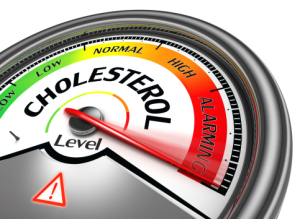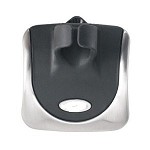When did you have your cholesterol checked last? Many Americans do not know that all adults 20 and older should have their cholesterol checked every five years. High cholesterol can cause plaque build up in our arteries, which can block the blood flow in the brain and cause a stroke. Fortunately, there are simple ways to manage cholesterol and minimize stroke risk.
What Is It?
Cholesterol is a soft, waxy lipid that our bodies produces. It is in the blood and in all cells in the body. Cholesterol is needed to form parts of cells and the building blocks of hormones. It is most often found in meat, eggs and dairy products.
Cholesterol will not dissolve in the blood by itself, and it has to be carried to and from the cells with lipoproteins. There are two types of these: LDL and HDL. LDL is known as the ‘bad’ form of cholesterol, which can cause build up of plague in the arteries. Recent research tells us that high levels of LDL and triglycerides can boost the risk of stroke. Plaque also can boost the risk of a TIA, or transient ischemic attack, where the stroke symptoms disappear after 24 hours.
The other type of cholesterol is HDL, also known as the ‘good’ type of cholesterol. High HDL levels can be helpful to reduce your risk of stroke.
If you have high cholesterol, this can increase your risk of stroke, heart disease and hardening of the arteries. Heart disease and artery hardening also are risk factors for having a stroke.
What You Can Do
To reduce your level of cholesterol, try the following:
- Avoid foods that are high in saturated fat, such as fatty meat and dairy products.
- Lose weight by exercising more and eating less.
- Go for a walk, swim or run as you can at least three times per week for 30 minutes. People who are inactive have higher cholesterol.
You also should be aware of the risk factors for high cholesterol that you cannot change, such as your family history. Also, most people will see an increase in cholesterol levels until age 65. Further, women who are under 50 usually have lower cholesterol levels than those in or after menopause.
Overall, eat a good, healthy diet with a many vegetables, fruits and foods that are low in saturated fat, such as chicken and fish, low fat dairy and limit the number of egg yolks you consume.
Adaptive Cooking Equipment
If you have had a stroke, there are products available to help you to cook and to eat a healthy diet. For example our Multi-Function Food Preparation Board makes it easier to cut vegetables with one hand:
Or, the EZ Peel Vegetable Peeler makes one-handed vegetable peeling a breeze:




